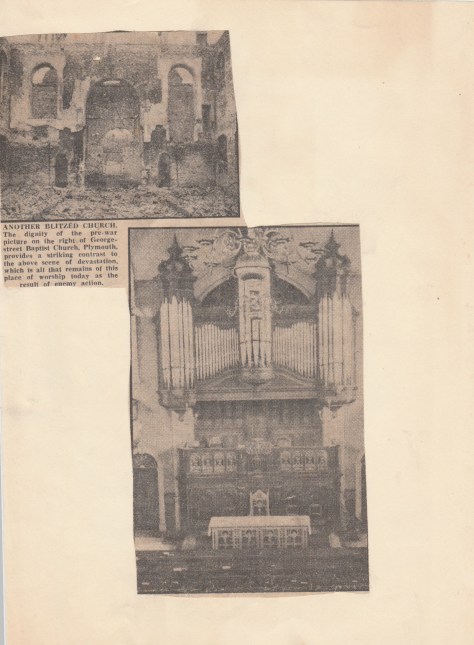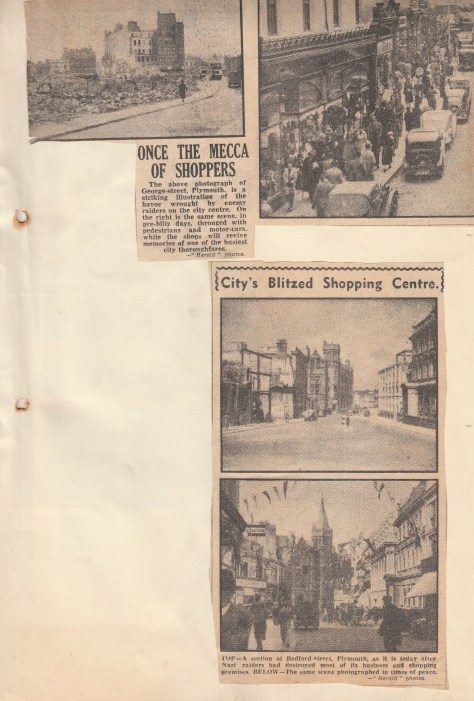My first memory as a child born at the end of WW2 was of playing mainly in our streets and neighbouring streets. I was still very small, but I do remember the barrage balloons still flying high in the sky, floating gently on the breeze, and we would lie on the ground and watch them. It was many years before I realised what they actually were, which was a large balloon anchored to the ground by cables and often with netting suspended from them, serving as an obstacle to low-flying enemy aircraft.
We would play among bricks wood rubble, stones large slate roof tiles and broken water pipes, at a site at the end of our street. The reason for all the rubbish was because it was a bombed site. A house, like the ones in our street, had once stood there but no more. We had adventures at those bomb sites especially with the broken water pipes. What young child can resist playing with water? Especially if you can make dams and ponds with all the available stones bricks and wood. It was a sad day when the water was eventually turned off.
We also knew not to play in a bomb site with tape around it, as that likely contained an unexploded bomb. There were parks in Plymouth, but because of the massive damage caused by bombs dropping on this Royal Naval city, these had still not been cleared of the debris and were dangerous.
When I started school, at three years of age that same rubble was negotiated as we walked over it to get to the school building and again when I was 11 and starting at the ‘big school’ – the same one my mum had gone too – there were still signs of war damage.
Shortages of everything was acute. Years later we had no books in our school. The teacher had one for each subject, which he or she would read aloud to us and then pass it around. We had paper pen and ink, but no copybooks to write on, only a sheet of paper. Later, copy books were issued when I was about 14.
The school was OK, but all the teachers were old and not very interested in anything new and certainly, they did not catch my interest but I did love History, Geography and reading. English comprehension writing and spelling were favourites too. Sums were completely beyond me, and nobody cared to go over them again if I got lost, or to take the time to explain anything. There were about 45 children in each class so on reflection, there must not have been much time to explain everything again, but just to get the lesson over with.
Re-building our country was a long time coming It was the early 1950’s before the clearing of bomb sites even began, and I grew up in the 60’s watching our city being completely razed and then rebuilt.
Years later as English social history became an interest, I was to learn about the Anglo-American Loan that helped the rebuilding of our country. ¹ ²
¹https://en.wikipedia.org/wiki/Anglo-American_loan
“The Anglo-American Loan Agreement was a post World War II loan made to the United Kingdom by the United States on 15 July 1946. The loan was for $3.75 billion (US$57 billion in 2015) at a low 2% interest rate; Canada loaned an additional US$1.19 billion”
By the way, these loans were eventually paid off in full, in 2006!”
²BBC NEWS | UK | UK settles WWII debts to allies
“It is hard from a modern viewpoint to appreciate the astronomical costs and economic damage caused by this conflict. In 1945, Britain badly needed money to pay for reconstruction and also to import food for a nation worn down after years of rationing. “In a nutshell, everything we got from America in World War II was free,” says economic historian Professor Mark Harrison, of Warwick University. “The loan was really to help Britain through the consequences of post-war adjustment, rather than the war itself. This position was different from World War I, where money was lent for the war effort itself”
Below are newspaper cuttings that my Gramps saved during the war and gave to me for a project I had to write for school about our ancient city. They show Plymouth before and after the blitz and were the kind of bombed sites I played in as a child.
These two photos show Plymouth City Centre before, in 1939 and after an enemy raid in 1942.
I find the captions very interesting. The one below reads: ‘The City Centre as it was, tomorrow we intend to post a photo of the same scene as it appears today after most of the buildings have been smashed by enemy action” 

Below, 1942 St. Georges Baptist Church a before and after view

Plymouth Shops before and after the Blitz

Credit is given for photos from ‘The Plymouth Evening Herald’ Plymouth, Devon UK.
